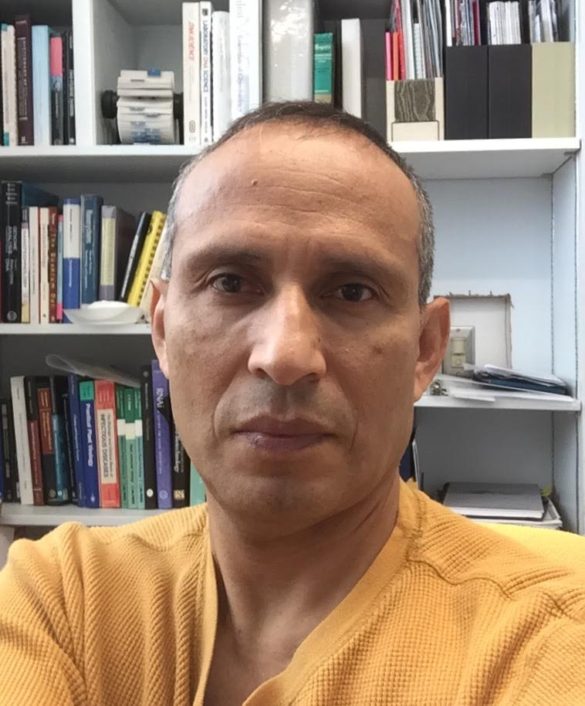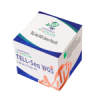 Clients of the NextGen DNA Sequencing core at the University of Florida in Gainesville rely on Scientific Director David Moraga Amador to find and validate the best technologies for their projects. In addition to bringing in the best sequencers, that means hunting for sample prep methods and instruments that make downstream results more reliable and reproducible.
Clients of the NextGen DNA Sequencing core at the University of Florida in Gainesville rely on Scientific Director David Moraga Amador to find and validate the best technologies for their projects. In addition to bringing in the best sequencers, that means hunting for sample prep methods and instruments that make downstream results more reliable and reproducible.
For scientists using a custom ddRAD-seq protocol with Illumina sequencing, the core lab team recommended SageELF, which performs whole-sample fractionation and splits input DNA by size into 12 contiguous fractions. These clients had been coming to the lab with libraries that were challenging to sequence cleanly because of their wide size distribution. “These libraries often look very ugly: they have a broad range size distribution, multiple peaks, and they’re very difficult to quantitate,” Moraga Amador says. “Fragments might go from hundreds of base pairs to ten thousand base pairs.” To address the problem, the team began running these libraries on the SageELF and delivering fractions back to users with a TapeStation analysis of fragment size; the clients then choose which to advance to sequencing. “Our users love the fact that these peaks are so sharp, the sequencing output is predictable, and the quality metrics are improved,” he says. “Now we have five or six groups doing this routinely.”
Years before that, Moraga Amador had become a Sage Science customer when he introduced the PacBio sequencing platform to his core lab and brought in a BluePippin to increase average read lengths. When the SageELF launched more recently, he saw an opportunity to maintain the precise size selection he was used to while making more of each sample.
With BluePippin, Moraga Amador and his team used the high-pass protocol for long-read sequencing (PacBio RS II), collecting all fragments longer than a certain size. The smaller fragments were tossed out as part of the size selection process. With SageELF, he can use the whole sample, allocating each fraction to the part of the project where it will have the most value. “All of those fractions are good,” Moraga Amador says. “They turn into very sharp fractions and they sequence beautifully on the instrument.” SageELF lets his team size DNA up to 30 Kb, fitting nicely with the requirements for the PacBio instrument.
Moraga Amador says the device is also useful for PacBio Iso-Seq projects, where protocols require binning DNA by size prior to sequencing. “With the SageELF we just do one single run and collect all the fragments for our samples, and then pool the fragments of like size,” he says. “The key for us is doing a single run so we don’t waste any of the sample.” SageELF allows his team to generate the needed fractions from much less sample DNA than if they had to size each fraction individually.
The SageELF system was easy to set up and start running, Moraga Amador notes. “It didn’t take a lot of practice,” he says, noting that the team set up the instrument themselves with a little phone support from Sage Science. For most projects, there’s no tinkering required to get the results they expect. “There is very little optimization we have to do if we follow the instrument recommendations,” he adds.






